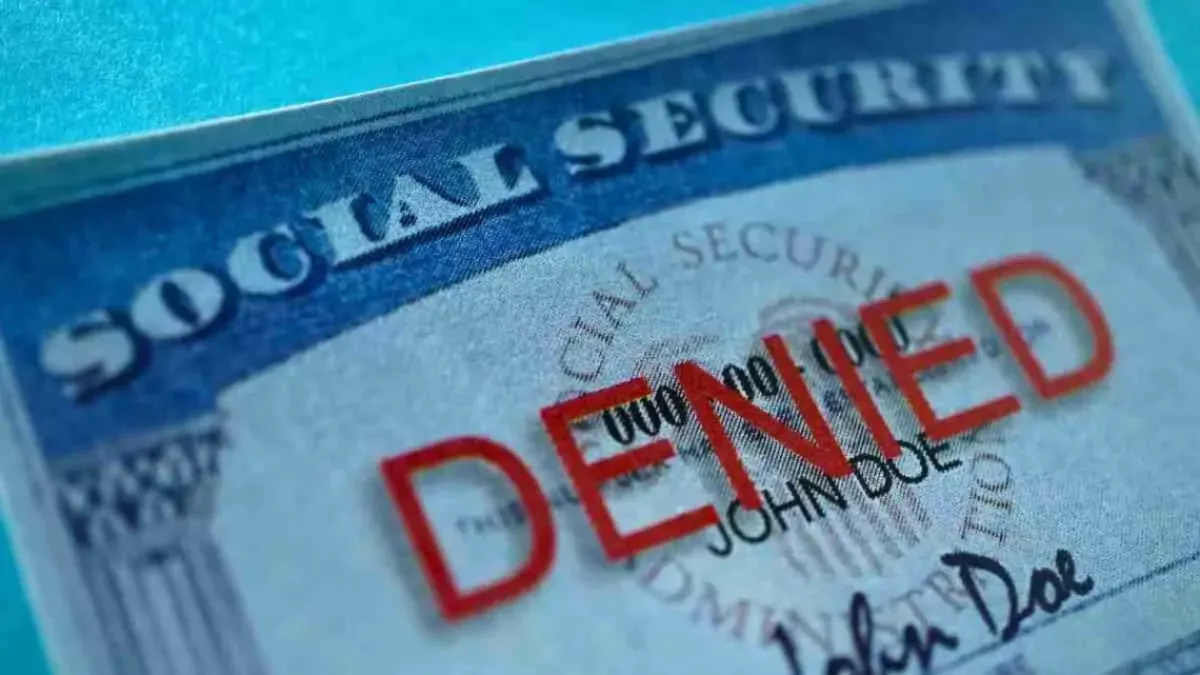As 2025 approaches, many Americans turning 62 are looking into whether they qualify for Social Security benefits. While reaching the age threshold is a primary factor, eligibility also depends on meeting work credit requirements, which could leave some people without benefits next year. Here’s an in-depth look at who qualifies, how to check your eligibility, and important considerations for maximizing your Social Security benefits.
Basic Eligibility for Social Security Retirement Benefits
This Article Includes
To qualify for Social Security retirement benefits in 2025, individuals must meet two main criteria:
- Age Requirement: Individuals must be at least 62 years old to file for retirement benefits in 2025.
- Work Credit Requirement: The Social Security Administration (SSA) requires a minimum of 40 work credits—approximately equivalent to 10 years of covered employment.
These requirements ensure that individuals have a foundational work history before accessing benefits. However, if you reach 62 without meeting these credit requirements, you won’t be eligible for retirement benefits in 2025.
How Work Credits Are Earned and Why They Matter
Work credits reflect your earnings history and contributions to Social Security through payroll taxes. Here’s how they’re calculated:
- In 2024, one work credit is earned for every $1,730 in covered earnings, with a maximum of four credits available each year.
- This means a person typically needs around 10 years of covered employment to reach the 40-credit minimum for eligibility.
However, some government jobs are not eligible for Social Security. Those who have only worked in non-covered positions, such as some federal or state jobs, may not qualify for benefits even if they have long employment histories.
Steps to Verify Your Social Security Credits
Checking your Social Security credits and estimated benefits can help clarify your retirement options. The easiest way to do this is by accessing your Social Security account online. Through this account, you can:
- Download Your Social Security Statement: This document provides a summary of your work credits, estimated monthly benefits, and potential family benefits.
- Plan Filing Based on Benefit Estimates: The statement allows you to see how different filing ages impact your monthly benefit amount.
Filing early at 62 can mean a reduced benefit, whereas delaying your claim increases monthly payments.
Early Filing at 62: What You Should Know
While 62 is the earliest age for claiming retirement benefits, filing this early results in a 30% reduction in monthly payments compared to filing at your full retirement age. Here are some key points about early filing:
- Reduced Benefits: The reduction is permanent, which means monthly checks will remain lower throughout your retirement.
- Impact on Family Benefits: In certain cases, family members may also qualify for benefits based on your work record, and early filing could impact the amount they receive.
Deciding when to claim benefits requires balancing immediate financial needs with the potential for higher payments by waiting until full retirement age.
Maximizing Your Social Security Benefits in 2025
If you’re eligible and approaching retirement age, creating a “my Social Security” account is one of the most effective ways to review your options and develop a plan. Here are some final considerations:
- Verify Your Work Credits: Confirm you have at least 40 credits, or approximately 10 years of work, to qualify for benefits.
- Review Your Social Security Statement: Take advantage of your statement to explore estimated benefit amounts at various ages, especially if you are considering delaying for a higher monthly payment.
- Understand Early Filing Implications: If you decide to file at 62, be aware of the 30% reduction and its long-term impact.
With a clear understanding of these requirements, those turning 62 in 2025 can make more informed choices about their Social Security benefits and retirement plans.

